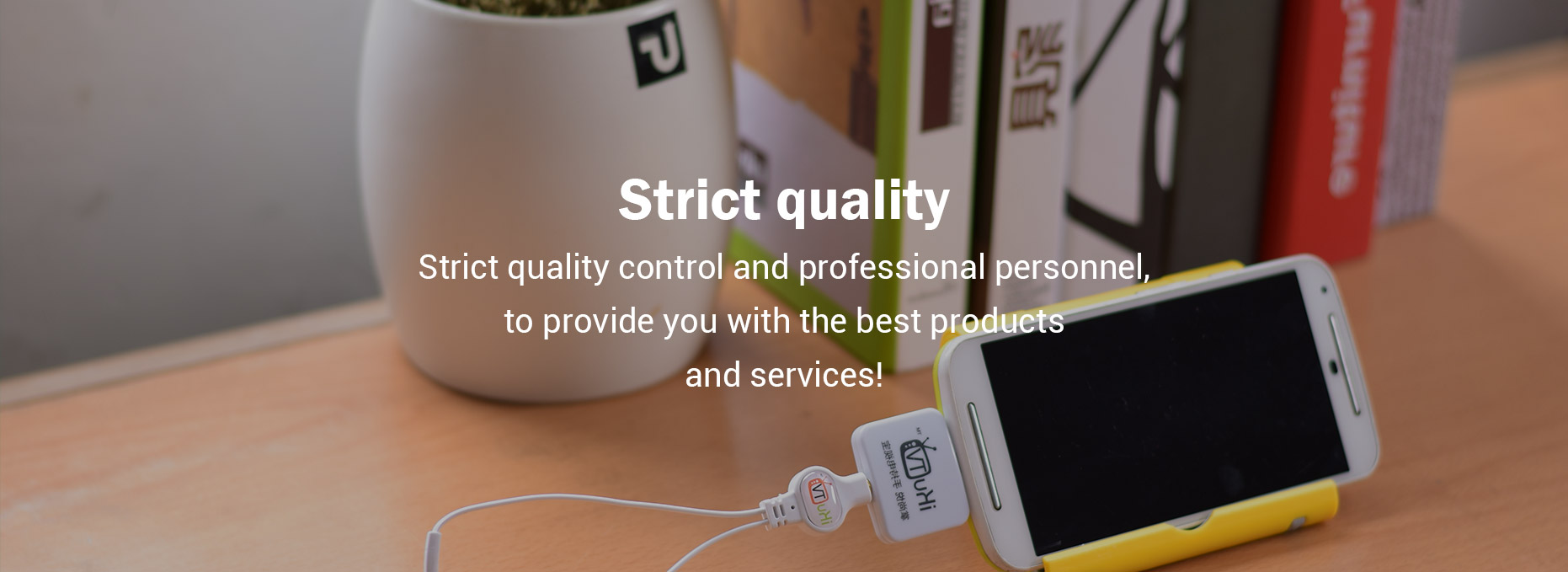10 Questions You Should Know about the Cost of Standard Five-layer Sintered Mesh in Switzerland
Understand the Basics of Five-Layer Sintered Mesh
Five-layer sintered mesh is a type of filtration material composed of multiple layers of mesh that are fused together through a sintering process. It offers excellent filtration capabilities, durability, and resistance to high temperatures. Understanding the costs associated with this material is crucial for making informed purchasing decisions.
1. Determine the Material Composition
The composition of the sintered mesh can greatly affect its cost. Common materials include stainless steel, bronze, and nickel alloys. Generally, stainless steel options tend to be more expensive due to their durability and corrosion resistance. Evaluate your specific needs to find the right balance between cost and performance.
2. Analyze the Filtration Requirements
Your filtration needs will dictate the cost. Higher filtration precision and finer mesh openings usually demand more sophisticated technology, resulting in increased costs. Document your requirements to provide suppliers with clear specifications for quotes.
3. Consider the Size Specifications
Pricing can vary significantly based on the size of the mesh needed. Larger sheets or custom sizes could incur additional costs due to manufacturing processes. Provide exact dimensions to your supplier for accurate pricing.
4. Assess the Production Volume
Bulk orders typically reduce the per-unit cost of sintered mesh. If you have a consistent need for this material, consider placing a larger order to benefit from economies of scale. Ensure you discuss potential discounts with the supplier.
5. Evaluate Supplier Reputation
The supplier's reputation can influence pricing. Established suppliers with a history of quality may charge more for their products. However, investing in reputable providers can save you long-term costs associated with poor-quality materials and failures.
6. Factor in Shipping and Handling Costs
Depending on the location of your supplier, shipping and handling costs can significantly affect the total price. If sourcing locally in Switzerland, you may benefit from lower logistics costs. Verify all shipping fees before finalizing your order.
See also:How Should We Evaluate Sintered Mesh Prices?
7. Investigate Additional Processing Fees
Top 5 Benefits of Wire Mesh Security Fencing You Must Know
Why Wire Mesh Fencing Is Open to Innovation?
Some suppliers may charge extra for additional processing, such as cutting, fabricating, or custom design work. Ensure that you understand what is included in the base pricing and ask for a detailed breakdown of any additional fees.
8. Analyze Market Trends
The material costs may fluctuate based on market demands and availability. Staying informed about current market trends can help you optimize your timing for purchases and potentially secure better pricing.
9. Request Samples for Evaluation
Before making a substantial investment, request samples to evaluate quality and suitability for your specific requirements. This may incur a small fee but can save larger costs tied to ordering unsuitable material.
10. Plan for Long-term Investment
Consider the longevity and durability of the sintered mesh. While the initial purchase price may be higher, investing in quality materials that last longer can result in lower overall costs and reduced frequency of replacement.
Conclusion
Understanding the factors that influence the cost of standard five-layer sintered mesh in Switzerland can empower you to make better purchasing decisions. By considering material composition, filtration requirements, supplier reputation, and other factors, you can find the right balance between quality and cost-effectiveness.
Want more information on Standard Five-layer Sintered Mesh price in Switzerland , Standard Five-layer Sintered Mesh, China Sintered Mesh Filter Discs? Feel free to contact us.



Comments